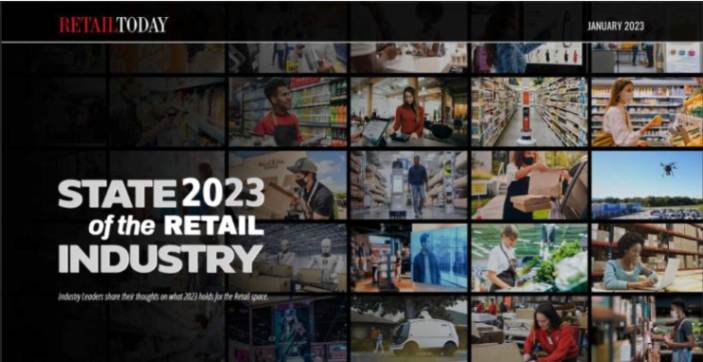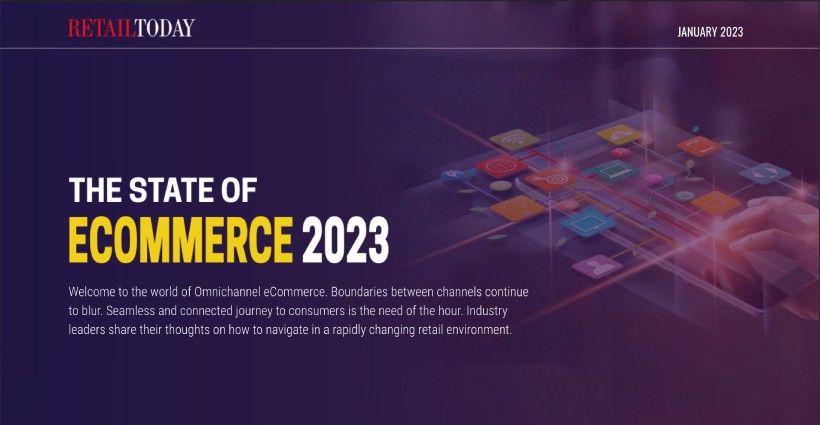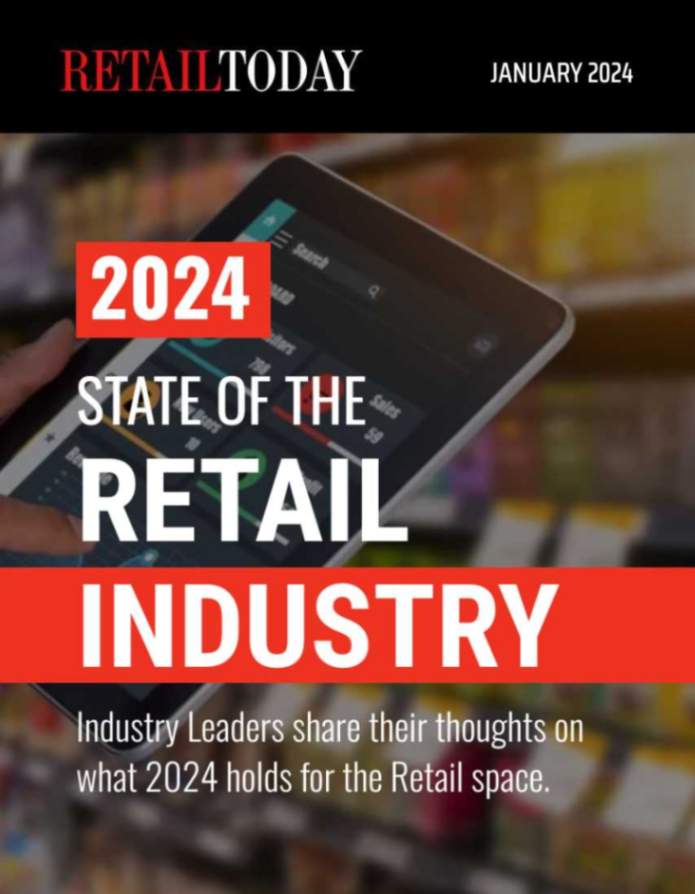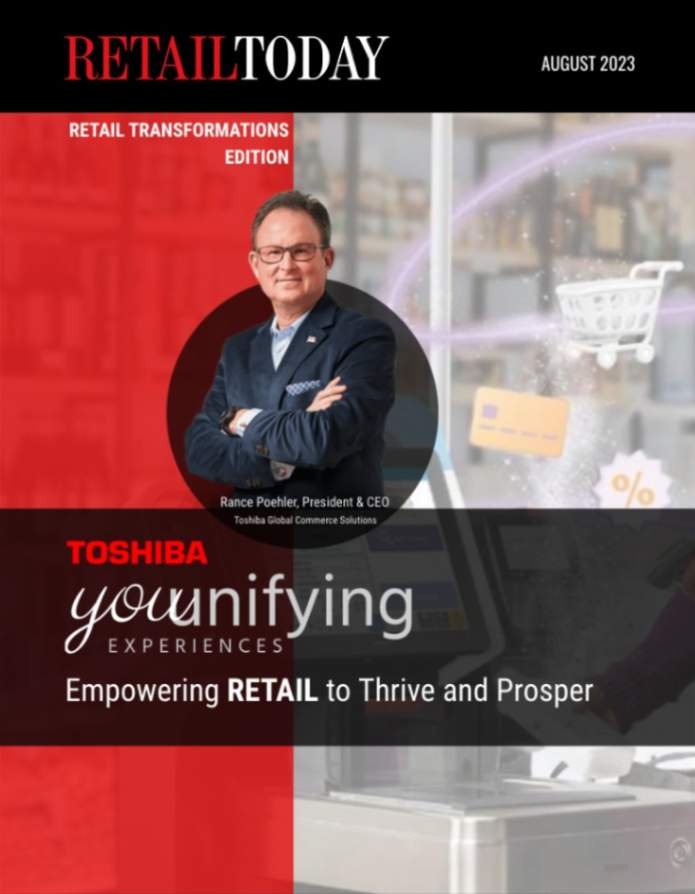
As we move past the most acute period of the pandemic, retailers are faced with a new set of challenges and opportunities, including a potential recession in the U.S., as consumers report pulling back on discretionary spending. eMarketer predicts that total retail sales in the U.S. will grow 3.3% this year, compared to 8.1% in 2022.
Trends are also pointing to continued growth in e-commerce, although it may level out to pre-pandemic levels. NRF predicted in late March that e-commerce sales may grow 12% this year. But that doesn’t mean retailers should pull back on their online efforts or their digital experiences; in fact, consumers have become even more tech-savvy and now expect certain features to be available from stores, such as touchless payments.
As a result, retailers need to adjust their strategies to meet the evolving needs and expectations of their customers. Here are three ways retailers can adjust in this new economic environment:
1. Enhance the In-Store Experience
Despite the continued growth in e-commerce, brick-and-mortar locations are still a key part of the shopping experience. And the fact is, consumers expect a consistent, excellent experience regardless of the channel. Buy online, pickup in store (BOPIS) continues to be a draw for consumers so omnichannel retailers shouldn’t be so quick to do away with this popular offering but continue to offer BOPIS as a service to offer a smooth cross-channel buying experience. BOPIS continues to be a convenient experience that allows customers to shop at any time, including 11pm when the kids are asleep, and often to receive their orders faster.
Have you seen all the “Help Wanted” signs in almost every store you visit? The additional bonus of BOPIS is that to some degree it can help alleviate ongoing staff shortages in the retail industry.
2. Personalize with AI/Machine Learning
Since ChatGPT burst upon the scene early this year, society began to realize the potential of AI. And retailers weren’t exempt from this new awareness. By understanding and recognizing patterns in browsing and buying preferences, using AI / ML can increase the opportunities for personalization and delivering relevant messages to consumers both online and in-store.
Together with loyalty programs and first-party cookie data (given the imminent demise of the third-party cookie), messaging and offers (both digital and in-store) can be more laser-targeted, resulting in a better, more personalized customer experience overall. The NRF has identified AI and machine learning as an emergent trend for retailers looking to take the next leap into personalizing experiences using advanced technologies. This will be a key investment for retailers to consider, given that 49% of consumers say they will likely become a repeat buyer after having a personalized shopping experience.
3. Don’t Pull Back On Online Spending
While brick-and-mortar locations are important (in-store sales still account for almost 80% of all retail sales), retailers must not neglect their online presence just because in-store traffic is picking up. Indeed, in a recent Bazaarvoice survey, 64% of consumers reported using a “hybrid” method of shopping – both digital channels and in-store – as their primary method of shopping for the past six months.
Multichannel retailers need to realize that the consumer path is almost never linear and shoppers expect retailers to do it all, including delivering a seamless experience across all touchpoints: in-store, online, in apps, etc. Plus, don’t forget about the consumers who love to do their research and who are willing to do more investigation and shopping around to ensure they get the best price and product.
Retailers should continue to invest in their online presence, but be more strategic with budget deployment.One approach is to use digital advertising strategically to target shoppers at the consideration stage. In a time of tightening consumer spending, this may mean investing less on pure awareness advertising and allocating more to shoppers that are already mid-journey, or to members of your loyalty program rather than spending more on new customer acquisition.
4. AR and VR to Enhance the Shopping Experience
While still a nascent technology, augmented reality (AR) and virtual reality (VR) can enhance the shopping experience for consumers. By allowing shoppers to virtually “try before they buy,” VR and AR can go a long way in helping consumers visualize how a product will look in their own environment, whether the fit and style is to their liking, or if the color of lipstick is right for their skin tone. It’s especially beneficial to those who do not have access to a physical store where they can see and try a product in person.
Retailers should explore how they can incorporate AR and VR into their shopping experience to offer a more immersive experience for their customers. For example, Ikea is using VR in its The Place iOS app to allow shoppers to “place” Ikea furniture in their own space.
But every brand is different, and products will have specific use cases. Warby Parker is now well-known for offering virtual try-on services for consumers shopping for new frames. But will using AR like that work for your product line? Are there other applications of AR or VR technology that would allow customers to “simulate” or “visualize” your products for their specific use case?
In conclusion, as we move past the acute period of the pandemic retailers need to adjust their strategies to meet the evolving needs and expectations of their customers. By enhancing the in-store experience, looking at leveraging AI and machine learning, continuing to invest in their online presence, and exploring new technologies like AR and VR, retailers can stay ahead of the curve and offer a seamless shopping experience to their customers.
Michelle Wood oversees the merchant network side of the Wildfire Systems platform. Her team builds productive partnerships with online retailers and affiliate networks, bringing them into the Wildfire platform and improving their incremental revenue opportunities. With over 16 years of experience in digital media, affiliate marketing and influencer media sales, Michelle has worked with many of the world’s most notable enterprise e-commerce companies to acquire new and loyal customers and exceed revenue targets with positive ROI. Prior to Wildfire, she held executive positions with leading performance marketing companies including ShopAtHome.com and Coupons.com.






